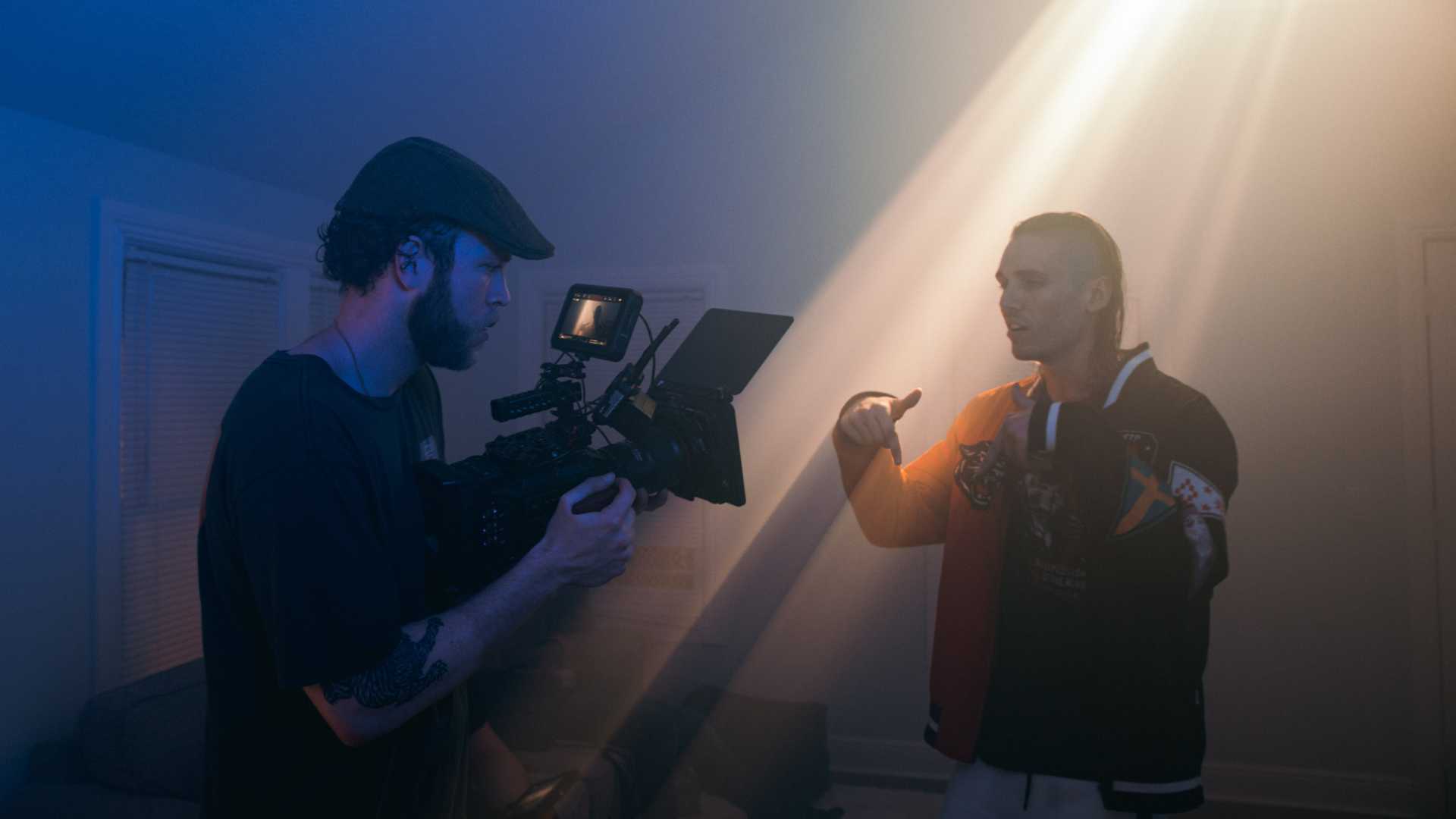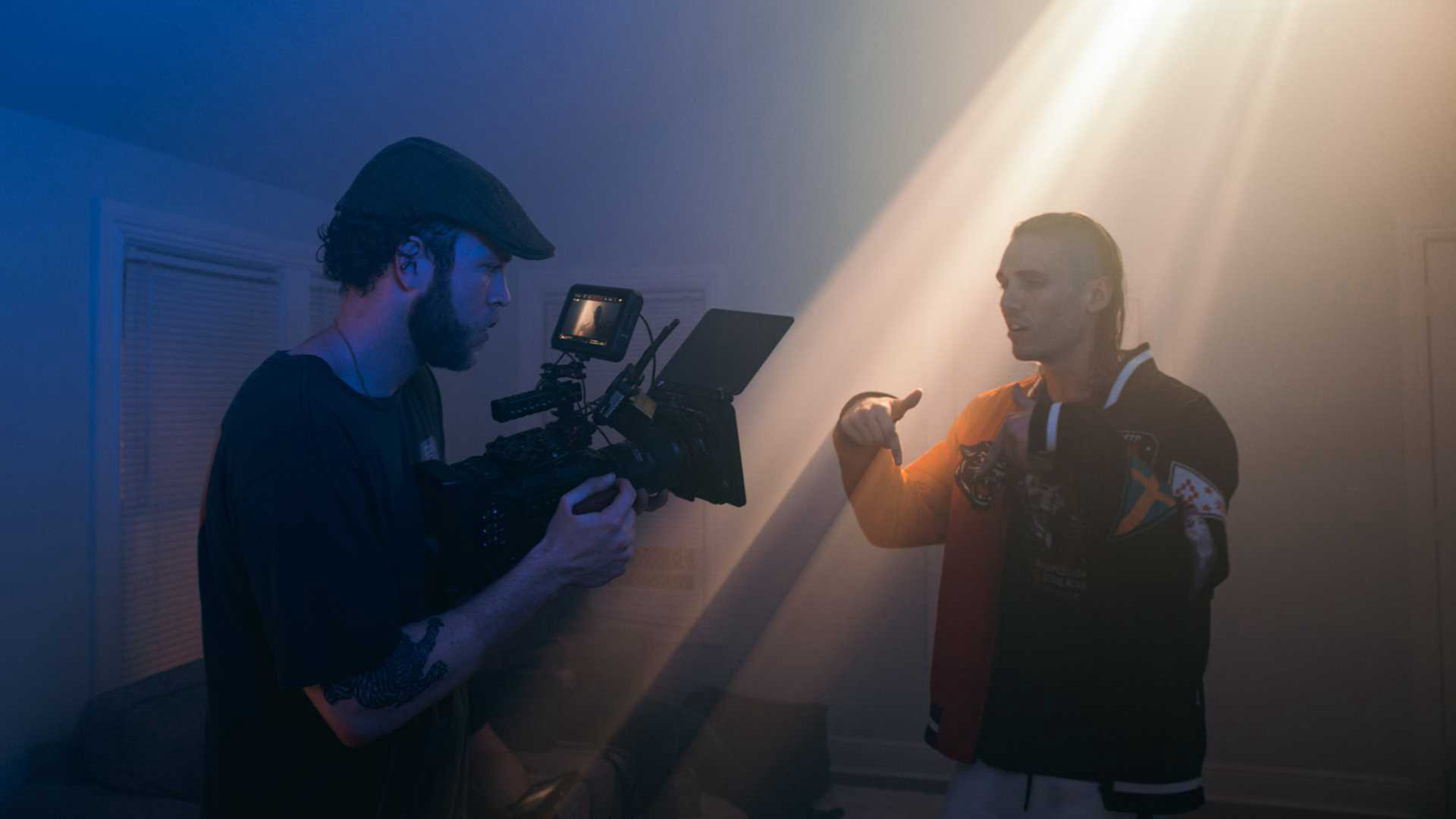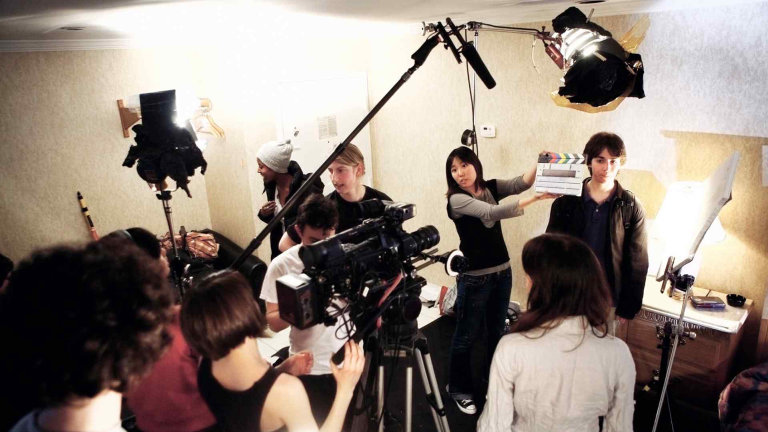
Short films are one of the best ways for emerging filmmakers to showcase creativity, storytelling, and technical skill without needing a large budget. They also serve as calling cards for film festivals, online audiences, and potential collaborators. To make your short film stand out, focus on clarity, emotion, and originality rather than expensive production.
1. START WITH A STRONG CONCEPT
A short film is not just a shorter version of a feature. It must deliver impact quickly. Focus on one central idea, conflict, or emotion.
- What do you want the audience to feel when it ends?
- What single message or question are you exploring?
If your concept can be summarized in one or two sentences, you are on the right track. Simplicity makes your story easier to remember.
2. WRITE A TIGHT SCRIPT
In a short film, every line and shot must serve a purpose.
- Keep dialogue minimal and natural.
- Show emotion through visuals rather than long conversations.
- Cut unnecessary characters and subplots.
A script of five pages usually equals about five minutes on screen, so plan your pacing accordingly.
3. CREATE MEMORABLE CHARACTERS
Viewers connect with characters more than plots. Even in a short runtime, give characters clear goals, motivations, and flaws. A single expressive moment can reveal who they are.
For example, instead of telling us a character is lonely, show it through how they react when someone calls their name.
4. FOCUS ON VISUAL STORYTELLING
Film is a visual medium. Use composition, lighting, and movement to convey meaning.
- Plan shots like photographs that tell a story.
- Use color and lighting to set the mood.
- Think about what you can show instead of say.
Great short films rely on strong imagery that lingers after the credits roll.
5. KEEP PRODUCTION MANAGEABLE
Work within your means. Many memorable short films take place in a single location. Limit the number of actors and setups so you can focus on quality. Creativity often thrives under constraints.
If your budget is small, invest in good sound recording and clear visuals. A simple film that looks and sounds professional will outperform an ambitious one that feels sloppy.
6. USE MUSIC AND SOUND EFFECTIVELY
Sound is half the storytelling. Choose music that enhances emotion without overpowering the scene. Ambient noise, silence, or subtle effects can shape atmosphere. Avoid copyrighted songs unless you have permission or use royalty-free options.
7. EDIT FOR RHYTHM AND EMOTION
Editing is where your story truly comes to life.
- Trim unnecessary moments ruthlessly.
- Match cuts to the emotional rhythm, not only to the beat of the music.
- Let reactions breathe before cutting to the next shot.
A short film’s power often lies in pacing that feels deliberate and confident.
8. ADD A MEMORABLE ENDING
The ending is what makes audiences remember your film. It can be a twist, a revelation, or a quiet emotional closure. Aim for an ending that feels both surprising and inevitable once the story is complete.
9. DESIGN A STRIKING TITLE AND POSTER
Your title and poster are your film’s first impression at festivals or online. Keep them simple, bold, and relevant to your theme. A strong visual identity can make your film look more professional and attract more viewers.
10. SUBMIT AND SHARE STRATEGICALLY
Once your film is complete, research festivals that accept emerging filmmakers and short formats. Submit to a mix of local and international festivals. Also upload it to online platforms such as Medelz to reach global audiences.
Short films succeed when they leave an emotional mark, not when they try to do everything. Focus on one story told with heart, clarity, and style. The smaller the canvas, the more precision and purpose each frame must carry.






